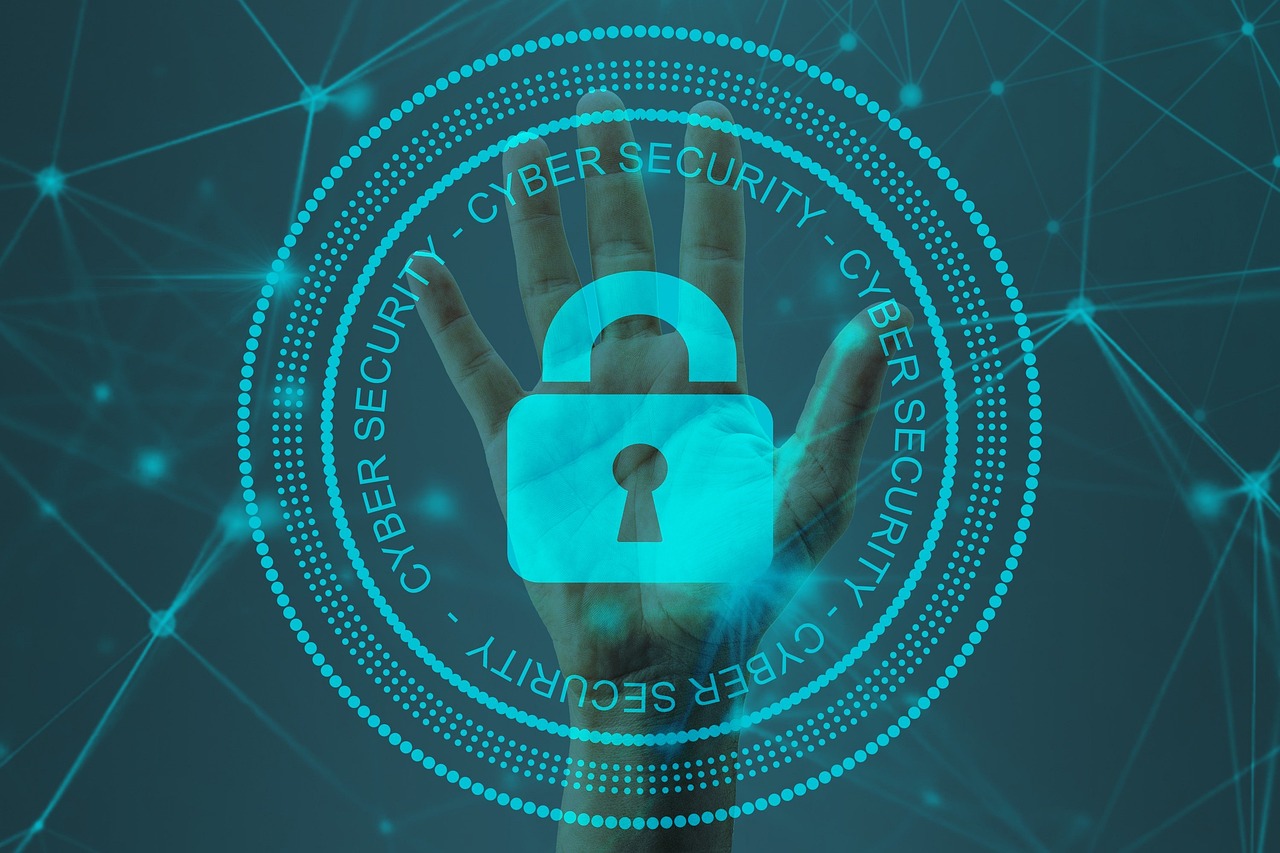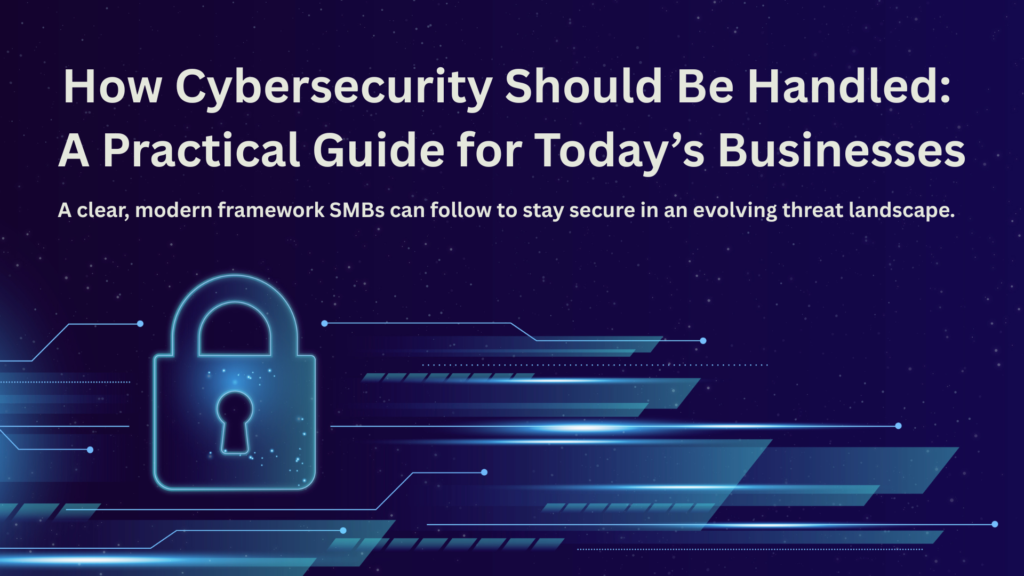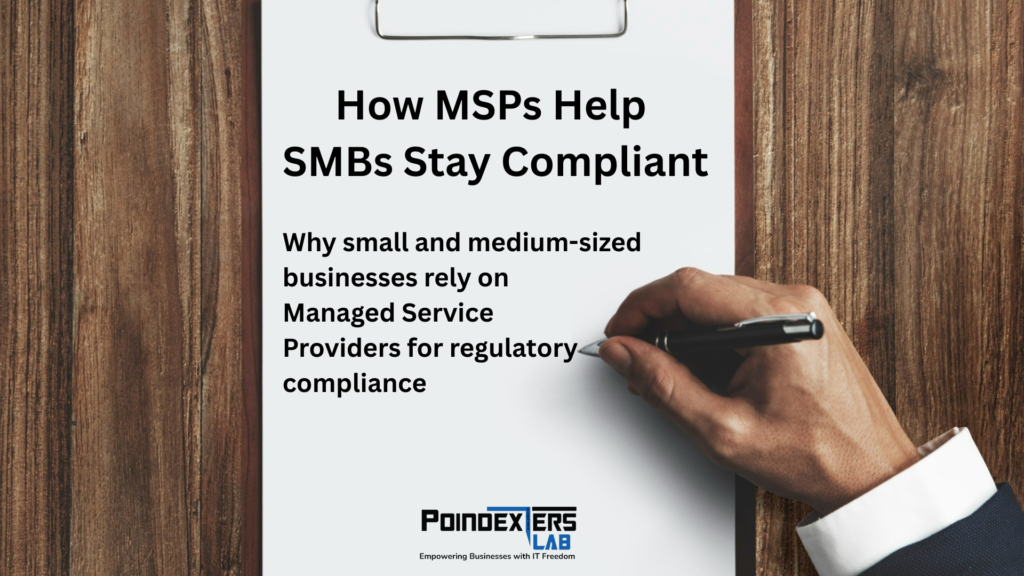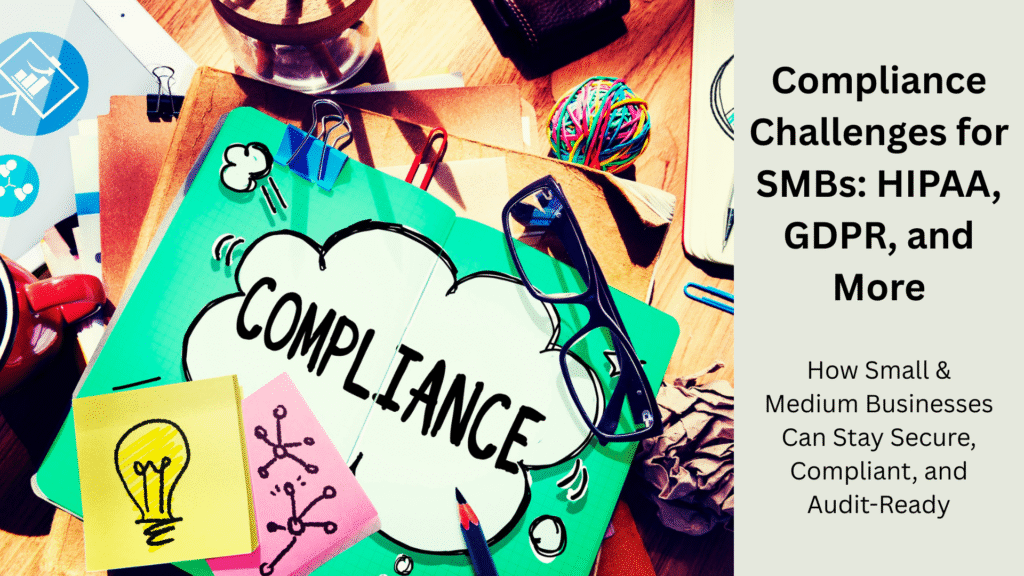Cybersecurity for Remote Work: Best Practices for Securing Home Offices
Poindexters Lab
August 14, 2024

The rise of remote work has brought about numerous benefits, including increased flexibility and the ability to work from virtually anywhere. However, it has also introduced new cybersecurity challenges as home offices become extensions of corporate networks. With cyber threats constantly evolving, securing home offices is more critical than ever. In this blog, we’ll explore the best practices for maintaining strong cybersecurity in a remote work environment, ensuring that both individuals and organizations remain protected.
The Cybersecurity Risks of Remote Work
Remote work environments often lack the robust security measures found in traditional office settings. This can make remote workers more vulnerable to cyber threats such as:
1. Unsecured Wi-Fi Networks
Home Wi-Fi networks may not have the same security configurations as corporate networks, making them susceptible to unauthorized access.
2. Phishing Attacks
Remote workers are prime targets for phishing attacks, especially those that impersonate corporate communications or trusted sources.
3. Insecure Devices
Personal devices used for work may not have the latest security updates or proper configuration, increasing the risk of malware and other cyber threats.
4. Data Leaks
Without proper security measures, sensitive corporate data can be accidentally exposed or intentionally leaked, leading to data breaches.
Best Practices for Securing Home Offices
To protect against these risks, both employees and organizations need to adopt best practices that strengthen cybersecurity in remote work environments. Here are some essential strategies:
1. Use Strong, Unique Passwords
Ensure that all accounts, especially those used for work, are secured with strong, unique passwords. Passwords should be complex, containing a mix of letters, numbers, and special characters, and should be changed regularly.
Tools:
- Password Managers: Use a password manager like LastPass or Dashlane to generate and store strong passwords securely.
2. Enable Multi-Factor Authentication (MFA)
Multi-factor authentication adds an extra layer of security by requiring a second form of verification in addition to your password. This could be a text message code, an authentication app, or a biometric verification.
Example:
- Authentication Apps: Use apps like Google Authenticator or Authy to enable MFA on all your accounts.
3. Secure Your Wi-Fi Network
Your home Wi-Fi network should be properly secured to prevent unauthorized access. This includes using a strong password, enabling WPA3 encryption, and regularly updating your router’s firmware.
Steps:
- Change Default Router Settings: Change the default admin credentials on your router.
- Network Segmentation: Consider creating a separate Wi-Fi network for work devices to isolate them from personal devices.
4. Keep Software and Devices Updated
Regularly update all software, operating systems, and devices to protect against known vulnerabilities. Enable automatic updates where possible to ensure that you’re always protected against the latest threats.
Best Practice:
- Patch Management: Use tools or services that automate the patch management process to keep all your systems up to date.
5. Use a Virtual Private Network (VPN)
A VPN encrypts your internet connection, protecting your data from eavesdropping and ensuring that your online activities remain private. This is especially important when accessing corporate resources remotely.
Recommendation:
- Corporate VPN: Use a VPN service provided by your organization or a trusted third-party VPN provider with a strong reputation for security.
6. Be Vigilant Against Phishing
Phishing attacks are on the rise, and remote workers are common targets. Be cautious of unsolicited emails, especially those requesting sensitive information or prompting you to click on suspicious links.
Tips:
- Email Filtering: Use email filtering tools to block phishing emails.
- Training: Regularly participate in cybersecurity awareness training to stay informed about the latest phishing tactics.
7. Secure Physical Devices
Physical security is just as important as digital security. Ensure that your work devices are physically secure and inaccessible to unauthorized individuals.
Practices:
- Lock Devices: Use strong passwords and lock your devices when not in use.
- Data Encryption: Encrypt sensitive data stored on your devices to protect it in case of loss or theft.
8. Backup Your Data
Regularly backup important work data to a secure location. This ensures that you can recover your data in the event of a ransomware attack, hardware failure, or other data loss incidents.
- Cloud Backup: Use cloud-based backup services that offer encryption and secure storage.
- External Drives: Store backups on encrypted external drives and keep them in a secure location.
Conclusion:
As remote work continues to be a significant part of the modern workforce, maintaining strong cybersecurity practices in home offices is essential. By adopting these best practices, you can protect both your personal and professional information from cyber threats. Organizations should also support remote workers by providing the necessary tools, training, and resources to ensure that their home offices are as secure as possible.
Cybersecurity is a shared responsibility, and by working together, we can create a safer and more secure remote work environment. For more information on securing your remote workforce, contact us today.
Have Any Question?
Don’t wait—reach out now and take the next step toward securing your digital future!
- (647) 800 4399
- [email protected]





